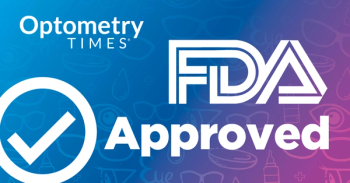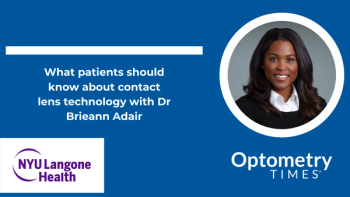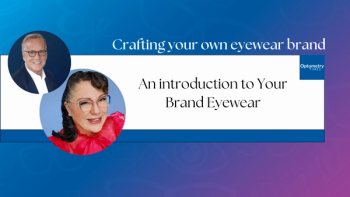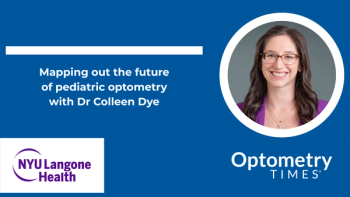
AAOpt 2025: Keeping generational differences in mind when suggesting contact lenses
Contact Lens Institute (CLI) Visionary Shelby Brogdon, OD, breaks down recent CLI research and what it means for patient education and care.
Shelby Brogdon, OD, details the findings from recent
For Gen Z patients, appearance and freedom from glasses are primary motivators. This generation is characterized by heavy digital device usage, short attention spans, and a preference for quick, bite-sized information. Brogdon emphasized the importance of concise communication with younger patients, recognizing that many may not have been introduced to contact lenses during the COVID-19 pandemic when eye exams were limited. Millennials prioritize ease of use and comfort in their contact lens selection. In contrast, Gen X patients demonstrate a more balanced approach, also valuing freedom from glasses while being more receptive to comprehensive information about lens technologies.
The presentation of the data at American Academy of Optometry's Academy 2025 meeting highlighted critical strategies for optometrists to effectively engage with different generations. For Gen X patients, this means educating them about advanced lens technologies like multifocal torics and daily disposables, particularly for those with astigmatism or experiencing dryness.
A key recommendation is personalizing patient care by understanding individual lifestyles. Brogdon suggested exploring patients' hobbies, activities, and specific needs - whether they're athletes, gamers, or have unique visual requirements. By doing so, optometrists can position themselves as problem-solvers who truly understand their patients' needs.
The research underscores the importance of adaptive communication strategies. Younger patients require brief, engaging interactions, while older patients might appreciate more detailed explanations about technological advancements in contact lens design.
Ultimately, Brogdon provided a nuanced approach to contact lens patient care, emphasizing that understanding generational differences and individual preferences is crucial in providing personalized, effective eye care solutions. The key takeaway is the need for optometrists to be flexible, informed, and patient-centric in their approach to recommending and discussing contact lens options across different age groups.
Newsletter
Want more insights like this? Subscribe to Optometry Times and get clinical pearls and practice tips delivered straight to your inbox.



















































.png)


